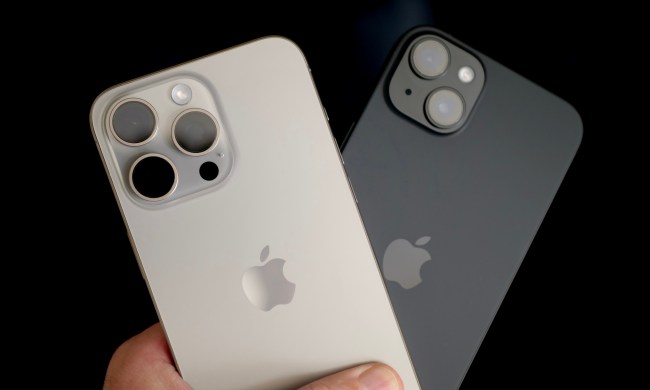- Home
- Mobile
Mobile
Mobile and smartphone news, reviews, and discussion for everything from Android to iPhone and every accessory and app you could ever use.
Explore More

Samsung Galaxy Ring vs. Galaxy Watch 7: don’t buy the wrong one
Two new Samsung wearables look completely different. But are they? Here's our comparison of the Galaxy Ring and Galaxy Watch 7.


The best Google Pixel 9 Pro screen protectors in 2024
For extra protection for your Google Pixel 9 Pro, it might be wise to purchase a screen protector as well. Here are the best on the market.

You can finally try one of iOS 18’s coolest AI features
Clean Up is a new feature coming coming with Apple Intelligence this fall. Want to use it now? Download the latest iOS 18.1 developer beta.
Does your Duolingo app icon look sick? You’re not alone
Quick, someone give the Duolingo app icon a tissue! Everyone's favorite language-learning owl has a case of the sniffles.
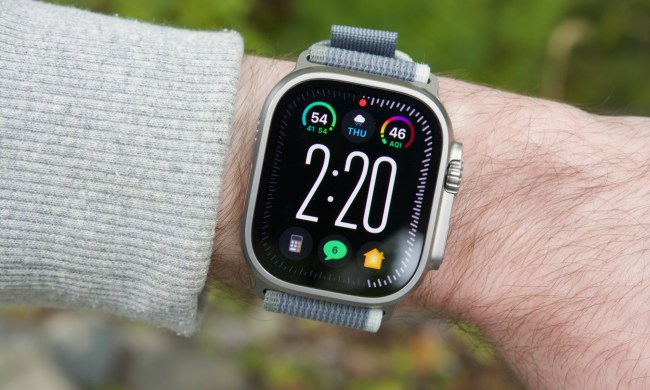
Best Apple Watch deals: Series 9 and Ultra 2 discounted
The Apple Watch has surged to prominence in recent years. If you're in the market for an iOS wearable, we've sniffed out the best Apple Watch deals available.
From Our Partners

In partnership with Surfshark

In partnership with MSI

In partnership with TORRAS

In partnership with Beatbot

The iPhone 17 Pro Max already sounds like a powerhouse
The iPhone 17 Pro Max is shaping up to being an incredible device. Here's the latest information on next year's iPhone Pro Max model.

All the big announcements we expect from Apple’s iPhone 16 event
Apple's next big event is just around the corner. Here's everything that we expect to be announced.

Does Total Wireless offer some of the best value wireless plans? What to know
Total Wireless has some of the best value wireless plans, starting at $25 for 4+ lines it's the ideal coverage for your entire family. Plus free phones.

The Onyx Boox Go is one of the coolest tablets I’ve ever used
There are note-taking tablets. Then there's the Boox Go 10.3 by Onyx. This sunlit slate runs Android, rocks an enviable design, and offers a ton of tricks.
How to use the Pixel Screenshots app on the Google Pixel 9
If you have a new Google Pixel 9 phone, then you can access the new Pixel Screenshots app. Here's how to use it.

This is the best cheap tablet deal this back to school season
The 2023 release of the Amazon Fire HD 10, a cheap but dependable tablet for students, is on sale for $90 after a $50 discount from both Amazon and Target.

The best webcams for Teams, Zoom, streaming, low light, and more
The webcam on your laptop isn't great, but one of these higher-quality webcams is sure to enhance your Zoom calls and fit your other webcam needs and budget.
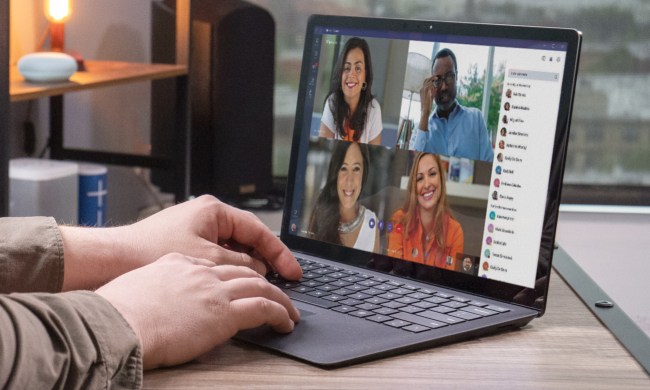
What is Microsoft Teams? How to use the collaboration app
If you're looking for a new online collaboration tool, Microsoft Teams is one of many options. Here's why it might be the best meetings tool for your workplace.

How to use Circle to Search on your Android phone
Circle to Search is one of the coolest new features on Android phones. If you have a Samsung Galaxy S24 or Google Pixel 8, here's how to use it.
These Google Pixel 9 deals are still available but hurry some end today
These Google Pixel 9 deals are still available through the Google Store but not for long! Actually, they expire today so hurry.
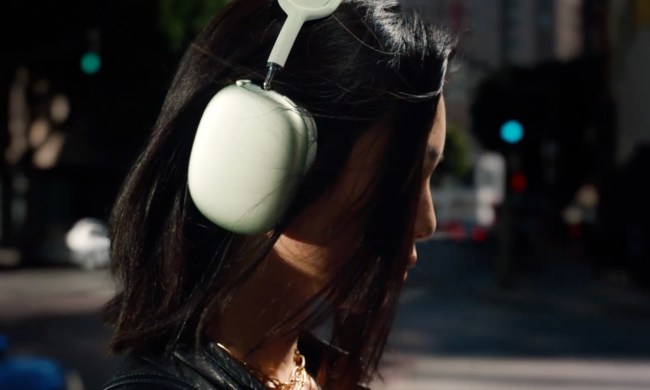
Amazon has officially launched Labor Day deals — these are the 10 best tech offers
Labor Day deals are in full swing on Amazon, covering various kinds of tech products. If you don't know where to start, check out our top 10 favorite offers.
Repairing your broken Pixel 9 Pro XL could be quite challenging
The Google Pixel 9 Pro XL is one of the best smartphones available today. But is it easy to repair?

Best refurbished iPad deals: Get an iPad with warranty for $85
One way to save big on an iPad is by scouring refurbished iPad deals, and we've rounded them all up into one place for you.

The Amazon Kindle Paperwhite just got a cool new competitor
If you're in the market for an e-reader, it's time to check out the all-new Onyx Boox Go 6. It's set to take on the Amazon Kindle Paperwhite.

Samsung’s next folding phone could get a surprising name change
Samsung is expected to release another Galaxy Z Fold phone before the year is over. And apparently, it may have a surprising new name.

It’s 2024, and smartphones are still very dumb about one simple thing
If our smartphones are like supercomputers in our pockets, why do we still end up paying for things by accident?

The iPhone 16 just got less exciting
The iPhone 16 is almost here. But forget about it for a minute, as a new iPhone 17 leak now has our attention.

The Plaud NotePin may be one of 2024’s most practical AI gadgets
Plaud NotePin will record and transcribe voice notes. It also offers summarization and automatic templates. Plus, you can wear it as a pin, necklace, or a band.
Mobile News
Android
Wearables
Phone Apps
Trending Downloads
Section Editor, Mobile
Joe Maring is the Section Editor for Digital Trends’ Mobile team, leading the site’s coverage for all things smartphones, tablets, and wearables. Since joining the industry in 2012, Joe has reported on the latest mobile tech news, reviewed countless devices, and worked with other writers to help them find the angles that matter.
Need to get in touch? You can reach Joe at jmaring@digitaltrends.com, or find him on Twitter as @JoeMaring1.

